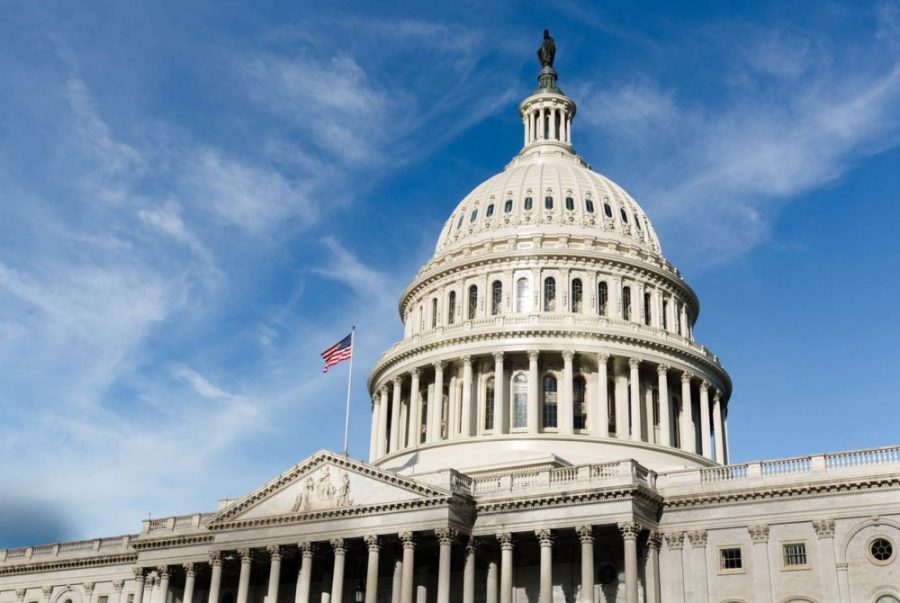The Government Shutdown
Examining the 2018 Gridlock
Photo Credit: Shelby Knowles via Houston Public Media
The United States Capitol Building, where the shutdown originated.
February 20, 2018
The United States federal government shut down at midnight EST on January 20th, until the evening of January 23rd. The cause of the shutdown was disagreements in Congress, over the funding of government operations and agencies, as well as the policies surrounding the Deferred Action for Childhood Arrivals (DACA) program and Trump’s border wall.
According to the New York Times, the shutdown began after Democrats and Republicans couldn’t come to an agreement in the Senate, and after the Senate failed to overcome a filibuster done by Democrats. A filibuster is an action in a legislative assembly, like a long speech, that doesn’t go against the required policies but still obstructs progress.
This year, many are holding the Democrats accountable because of the filibuster, including President Trump. White House Press Secretary Sarah Huckabee Sanders stated Trump’s thoughts about the shutdown; “I think he’s worried that Democrats’ unwillingness to put country ahead of their party is what’s stalling things from moving forward, whether it’s the budget or a deal for DACA.”
The last time the government shutdown was in 2013, in early October, under President Obama. This shutdown lasted 16 days, and was the third-longest shutdown in American history. The cause of the 2013 shutdown was conflict within Congress about legislature funds, as well as regulations concerning the authorization and appropriation of the government’s spending to carry out the federal activities.
Back in the government shutdown of 2013, many thought the Republicans should have been held accountable. According to a poll conducted by the Washington Post a few months after the 2013 shutdown, 53% of Americans held Republicans in Congress accountable.
To reopen the government, an agreement was made by Congress about the spending bills regarding the federal budget. According to the New York Times, on January 22nd, a “stopgap,” short-term spending bill to end the government shutdown was passed in Congress, and was signed by President Trump.
Although the government is now open, there is still some tension surrounding the shutdown, and it will undoubtedly continue to influence the relationships between Democrats and Republicans on Capitol Hill.



